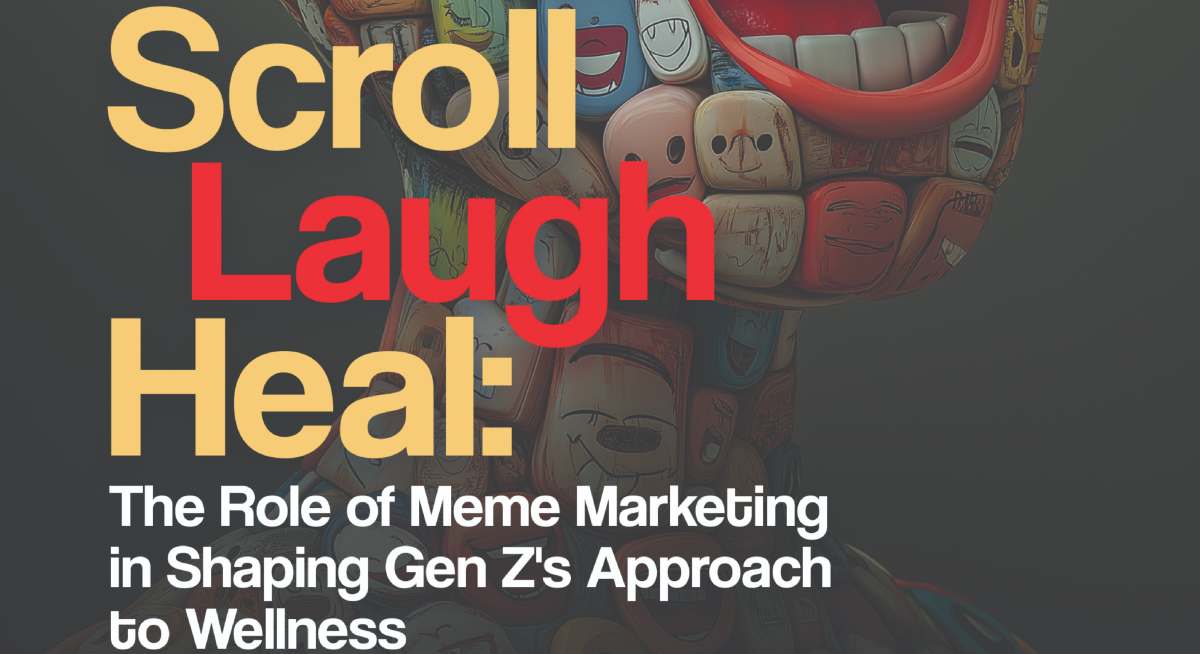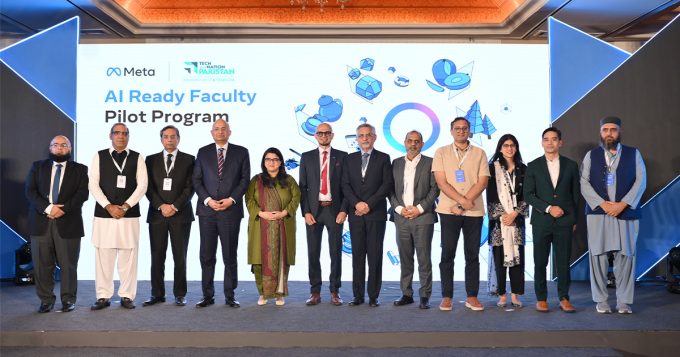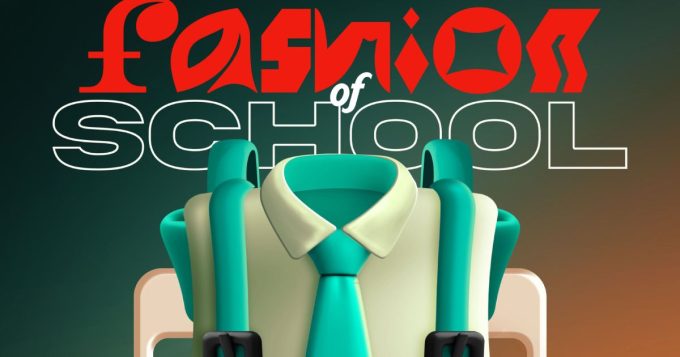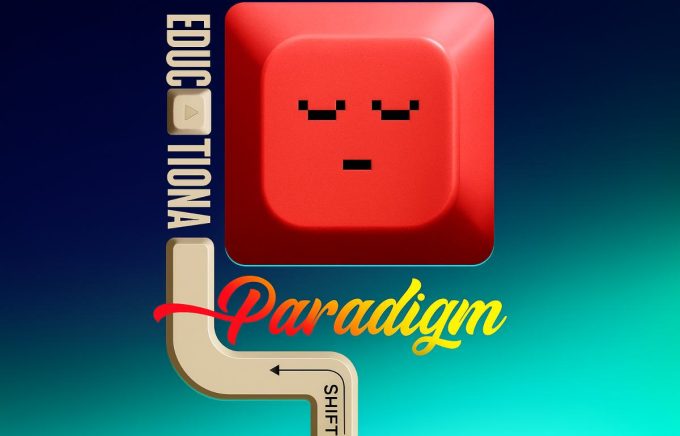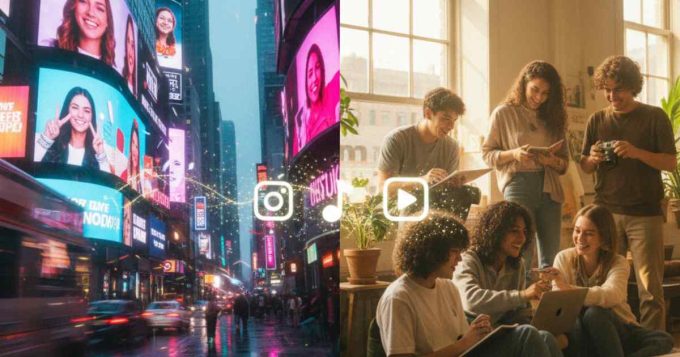Hamda Sufi knows the scroll-till-you-drop game well. From coping with midnight crises to cracking up at memes, she has it all covered, delivered with humour and empathy. Grab some popcorn—this one’s relatable!
It’s past midnight, and I’m doing what I always do when I can’t sleep, scrolling through Instagram. My mind is racing, my eyes are burning, and I am trying to shake the heavy weight of whatever has been bothering me.
Tonight feels no different, just the same loop of frustration and exhaustion, an endless search for clarity that doesn’t come. I see my thumb sliding through the screen, hoping for something, anything, to pull me out of my head for just a moment. Do I even want to get out of my head?
Suddenly, I find it. A meme pops up on my feed, “Eating my emotions and calling it self-care,” alongside a picture of a massive burger. I laugh a little too hard and a little too loud, glancing at the half-eaten slice of pizza beside me. Somehow, it just gets me. It’s like someone reached into my head, pulled out the messy reality of this moment, and turned it into a joke.
Instead of feeling attacked, I feel understood and seen. I can’t tell if it’s the humour or the relatability that hits harder, but it’s funny how one random post can make me feel a little less alone in my midnight crisis.
That encapsulates the magic of meme marketing for Gen Z. Several brands have figured out that we crave raw, real, and funny content that does not pretend to have all the answers. We don’t need to see another mixed fruit smoothie bowl, we want to laugh at the fact that, right now, we’re up late with mascara-smudged cheeks, scrolling in the dark. These brands are stepping into our world, speaking to us in the language we understand, content that says, “Hey crysis (cry+sis=crysis=me), you’re not alone in this chaos.”
And isn’t that what we’re all looking for? A moment of connection, a little sign that maybe, just maybe, we’re not as big of a failure as we think we are?
Meme marketing resonates with Gen Z because it doesn’t demand perfection. It doesn’t push us toward an idealised version of humans that feels so far from where we are. Instead, it is ultimately about the shared experience of simply trying to make it through, one chaotic day at a time. These brands are catching on to the fact that our generation copes with humour. Dark, ironic, witty humour that makes us laugh at our own struggles. We’re a generation that would rather laugh at the fact that we’re stressed than be told to just “relax”. We’d rather have a brand that helps us turn our misery into jokes.
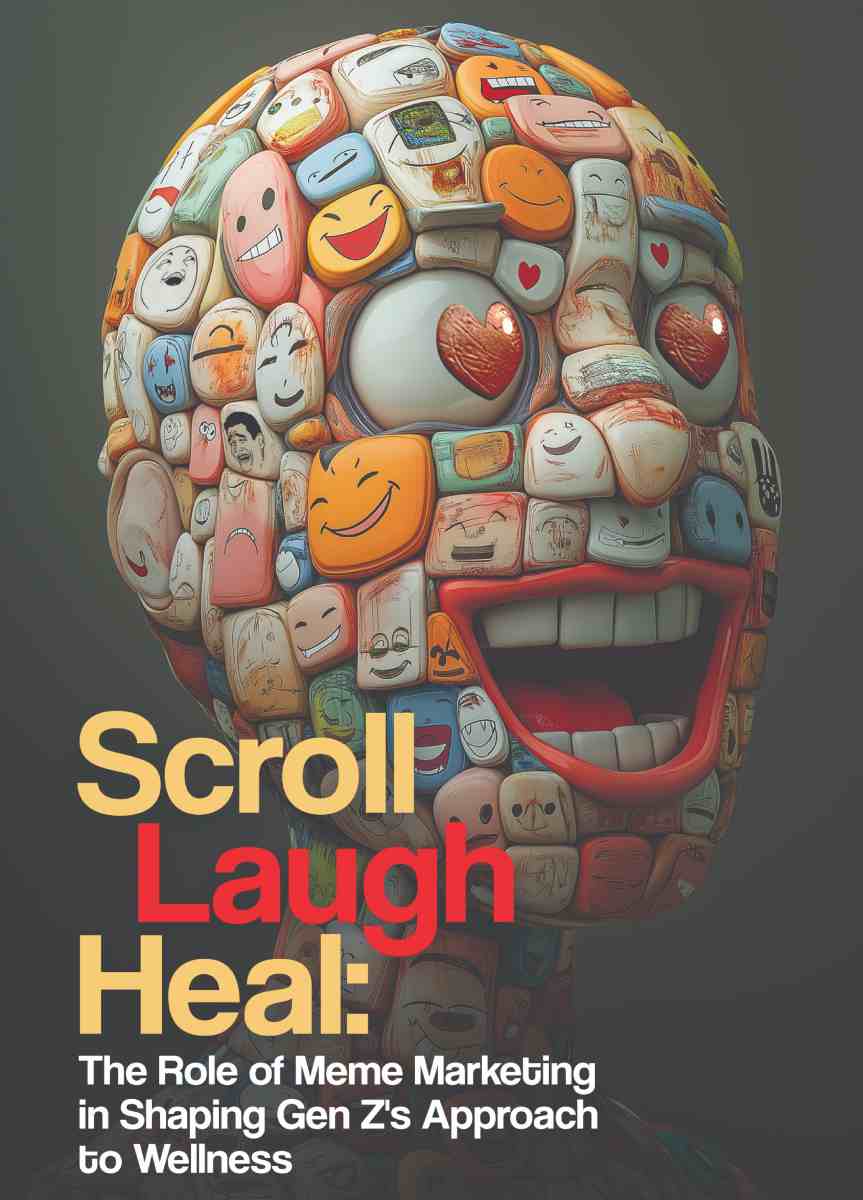
If only Richard Dawkins could see us now, I think, quite frequently. Back in 1976, he came up with the word “meme” in ‘The Selfish Gene’ to describe the way ideas spread like viruses. I’m not sure he ever imagined his term would evolve into the quirky internet culture it has today. From describing genes replicating through generations to the sarcastic graphics on Instagram that get us through sad boi hours, “meme” has come a long way. Dawkins probably didn’t see Crumble’s post coming when he first coined the term, but here we are, laughing through our digital struggles together. Also, I think ‘same’ is probably the most common comment on Instagram.
We’re a generation that is growing up in constant pressure: academic, social, economic and most of us don’t have the energy to live up to the picture-perfect lifestyle. Which is what we usually see: these perfectly constructed images and situations. Do we still want to see the perfect up-dos and the same old redundant storylines?
What I’ve realised is that instead we relate to content that meets us in the middle, saying, “We know it’s hard, and it’s okay if you’re just getting by.”
The topmost pros of meme marketing is that they are fast, relatable, and unfiltered, often created in response to real-time nonsense and struggles. For Gen Z, they’re a way to take control of the narrative around our struggles. When a brand uses a meme to connect with us, it’s not just engaging us, it’s joining in our inside jokes, our shared frustrations, our late-night existential crises.
Whether it’s a fast-food chain poking fun at emotional eating or music streaming platform playing games with my mental health and thousands of others, by posting a funny meme made out of Kaavish’s songs, these brands are creating a new kind of marketing, one that heals a little, as it entertains us.
These marketers understand the assignment, they’re not just here to sell us products. They’re here to make us feel seen. They know our nightly scrolls are often desperate attempts to escape our own thoughts, to find something that resonates with the messiness of our lives. And so, they’ve adapted their approach to help us laugh, to make us feel understood, one meme at a time. This marketing tactic has become a kind of digital balm, a digital healing balm, if you will. A way to lift the weight of loneliness, even for just a second. It’s a reminder that somewhere out there, other people are feeling the same way, and, hey, maybe we’re all just trying to laugh through it together.
Quick question, did people before the internet feel lonely? As lonely as we are? And how did they cope with it?
The lifecycle of a meme is oddly similar to how an inside joke spreads in a friend group. It usually starts with one random post, maybe a viral tweet or a funny observation that matches a feeling you didn’t even know you had. Someone sees it, relates to it, and shares it. I am sure you all remember Sarim Akhtar from Pakistan vs Australia T20 World Cup 2019. And just like that, it starts spreading, and suddenly, it’s everywhere. That’s the magic of memes, they’re endlessly relatable. They say “art has no borders”, I would say memes have no borders either. Pakistanis enjoy Gopi Bahu memes as much as Indians. Memes are collaborative in the best way, someone tweaks it, adds their own twist and boom, something new is created. And the best part is that anyone can contribute to it and make something else out of it.
For a meme to create hype successfully, it has to feel authentic and not forced. Memes aren’t just a trend anymore; it is a lifestyle now, shaping how we talk, connect, and even deal with our emotions. They somehow manage to wrap up complicated feelings or awkward situations into a single frame, sometimes a funny picture, a snarky caption, or both. They’re born from the small, relatable moments we all share, such as daily struggles.
For Gen Z, memes are like the internet’s own language. They let us say, “Hey, same here,” without needing to spell it all out and take the edge out of this insanely fast-moving train that we call life.

